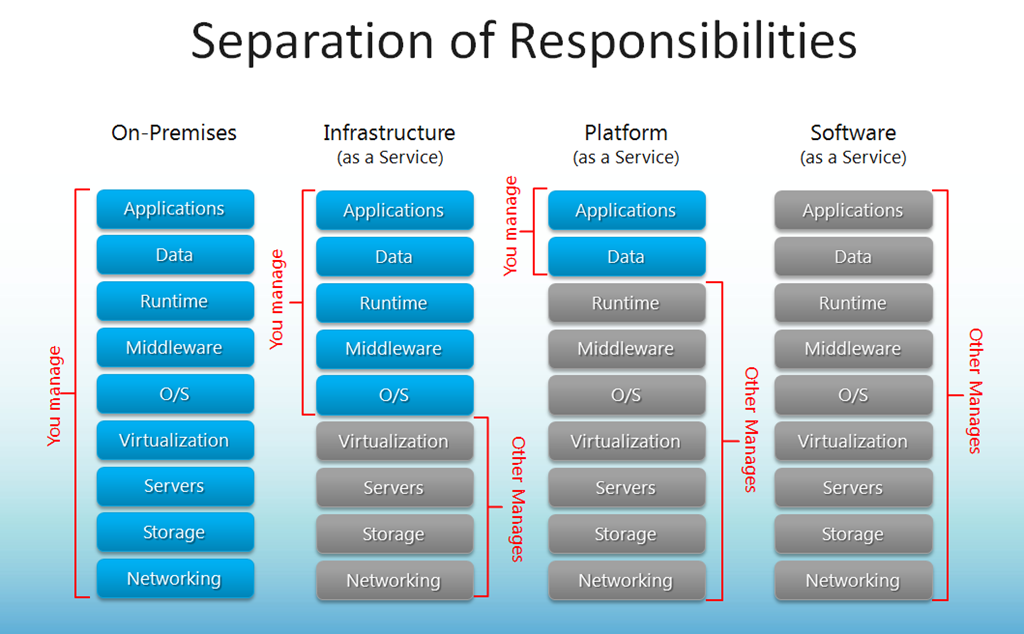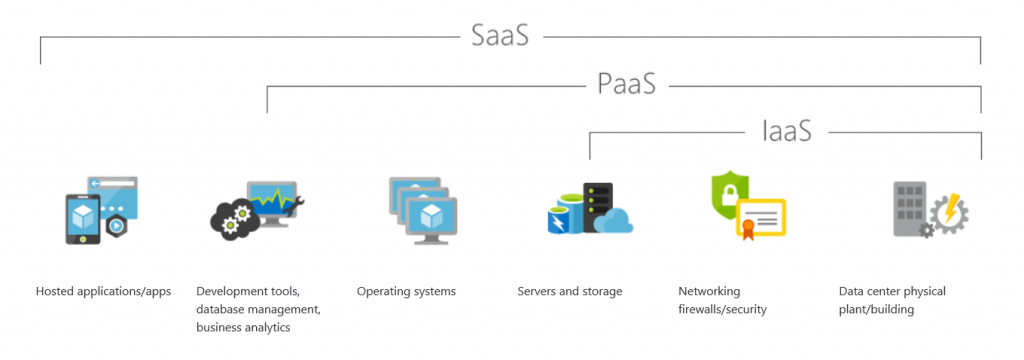Organizations are moving to the cloud to work smarter and reduce operational costs. Gone are the days of buying servers and allocating the rack space. It is time to host data and applications on the cloud and manage IT resources efficiently. So, you are now ready to move to the cloud. But, have you made the ground study before embarking on the cloud journey? Do you know what you need to about the cloud? What are the details you have not heard about before? Check out this quick article to learn how you can get ready for the cloud?
1) Know the cloud! Choose the cloud!
In the first place, you should know that there are 3 cloud models – Public Cloud, Private Cloud, and Hybrid Cloud.
- Public Cloud – Your data and applications are hosted on cloud servers which are shared by other organizations
- Private Cloud – You get dedicated cloud server(s) to host your data and applications
- Hybrid Cloud – You can use a mix of on-premises infrastructure, private cloud, and public cloud. You can choose this option if you wish to keep some mission-critical data on-premises, or on a private cloud.
It is significant to know your business requirements and choose the right cloud model accordingly. Also, you should consider your business security protocols and other internal management practices before making the decision.
Enterprises move to the cloud to reduce their costs and avoid the hassle of maintain data centers. Many vendors charge additional prices on an instance basis, for the virtual machines on the cloud. So, know what exactly you are paying for.
2) Formulate your cloud strategy
Migrating to the cloud is one-time process, but an important one. The key to cloud migration would be to analyze your business drivers first, then you can formulate you cloud strategy. So, it is essential to establish the key factors and prioritize them before you move your IT infrastructure to the cloud. Here are some of the important questions to consider:
- Is agility your top priority?
Then, you should investigate high-level services such as Amazon’s Relational Database Service (RDS), or Azure’s AI Platform, which provides AI services for businesses, or Google’s BigQuery, a Data-Warehouse as a Service. These services enable your developers to quickly build applications on top of them.
- Is consolidating the present data centers your top priority?
Then, a lift-and-shift application migration methodology would be the one to choose. Here, the entire application is moved from the old infrastructure to the cloud, without making any changes to the code.
- Is moving to the cloud with high scalability and reliability your top priority?
Then, application modernization and developing cloud-native applications should be the ideal way.
3) Estimate the readiness of your culture
Whenever a new technology comes into an organization, it need to clear the 3 Ps (People, Processes, Policies) of the company. So, you need to make sure how your culture would adapt to the change, before your onboard the cloud journey.
You need to ensure that your folks can easily figure out to handle their data and applications on the cloud, just like before. Besides, there could be difference among the employee skillsets who may or may not be able to grow with the change. Similarly, there could be diversities in the skillsets including Cloud, DevOps, Microservices. So, it is necessary to completely assess your organization’s readiness to tackle the culture issues in advance.
4) Learn the shared responsibilities of the cloud service provider
The Cloud Service Provider (CSP) takes on specific responsibilities depending on the cloud service model you choose. In every model you would oversee the user level settings such as login, registration, and administration. It is important to understand the CSP’s responsibilities. Further, it is necessary to learn how to integrate between the different technology components of the CSPs.
- IaaS (Infrastructure as a Service) Model
Here, the CSP is responsible for managing the infrastructure layer. Meanwhile, your organization is still responsible for managing the application stack, application layer, and user layer.
- PaaS (Platform as a Service) Model
The CSP takes more responsibility including the application stack and application layer. Nevertheless, you would still own securing your data and applications.
- SaaS (Software as a Service) Model
You would outsource both the management and security of your applications and data to the CSP, in this case. Consequently, you would simply own the user administration and account management alone.


5) Pick the right Cloud vendor
Moving to the cloud can be a complex work, considering the size of your organization. So, it is good to choose a cloud consulting service provider to help your cloud journey.
First, you need to identify your expectations from the cloud. Second, you need to clarify with the cloud vendors on the below topics:
- The range of cloud services provided
- The technical capabilities
- After sales services
- Scalability options
- The pricing model
Companies are moving to the cloud with an aim to innovate faster and decrease operational costs. But, before you make the move, as an executive, you should know how your organization is ready. So, do your research to ensure your cloud initiatives set off on the right track. Check out our Cloud Migration services to know how we can help you in your Cloud Journey. Request a FREE demo to learn more about how the cloud can help you in your business.

